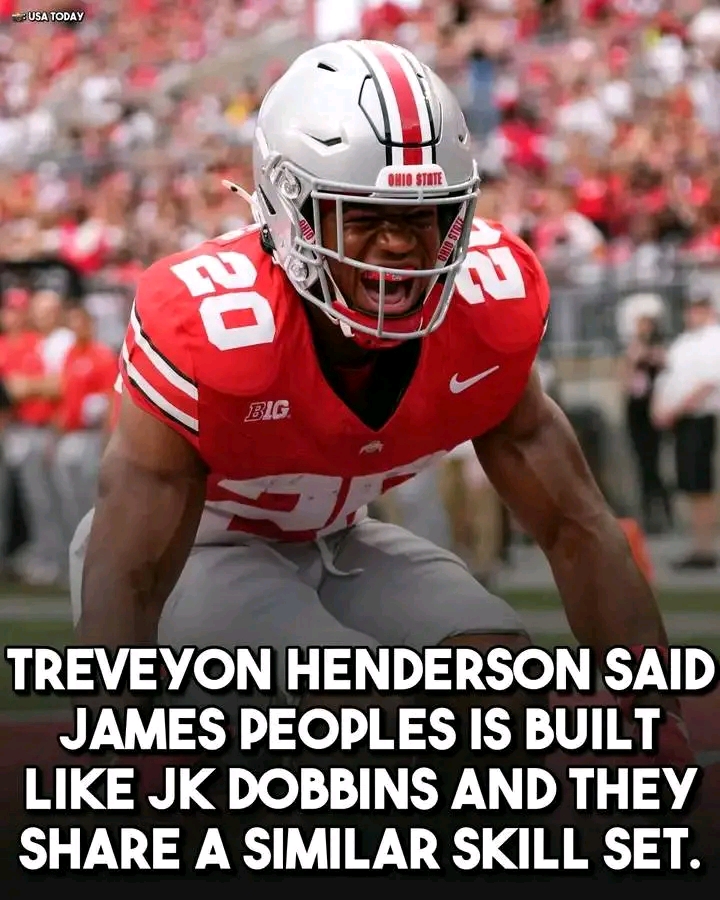Player Comparisons Speak Volumes About Potential and Skill Set
When people talk about player comparisons, some names carry extra weight. Being compared to a legend is no small feat—it speaks volumes about a player’s potential, skill set, and overall impact on the game. Whether it’s a rising star in college football or an emerging talent in the NBA, comparisons to established greats often serve as a benchmark for expectations and future success.
In sports, comparisons to legends like Michael Jordan, LeBron James, Tom Brady, or Serena Williams are more than just casual remarks; they are high praise and a recognition of a player’s extraordinary ability to change the course of a game. These comparisons are made not only for their impressive statistics but for their unmatched leadership, competitive drive, and game-changing influence.
For a young player to receive such a comparison, it shows that scouts, analysts, and coaches see something truly special. The player’s physical attributes, such as speed, agility, or power, may mirror those of a seasoned pro, but it’s often the intangible qualities like vision, decision-making, and leadership that trigger these comparisons. It’s a signal that this player has the potential to impact the game in ways that go beyond numbers, leaving a legacy of greatness.
But with these comparisons come high expectations. A player compared to a legend is under pressure to live up to that legacy. While some thrive under the weight of such lofty expectations, others may buckle, finding it difficult to balance the hype with performance.
In the end, being compared to a legend is a double-edged sword. It serves as an acknowledgment of incredible talent but also sets the stage for a career filled with intense scrutiny. For those who rise to the challenge, however, the comparison is just the beginning of their legendary journey.


